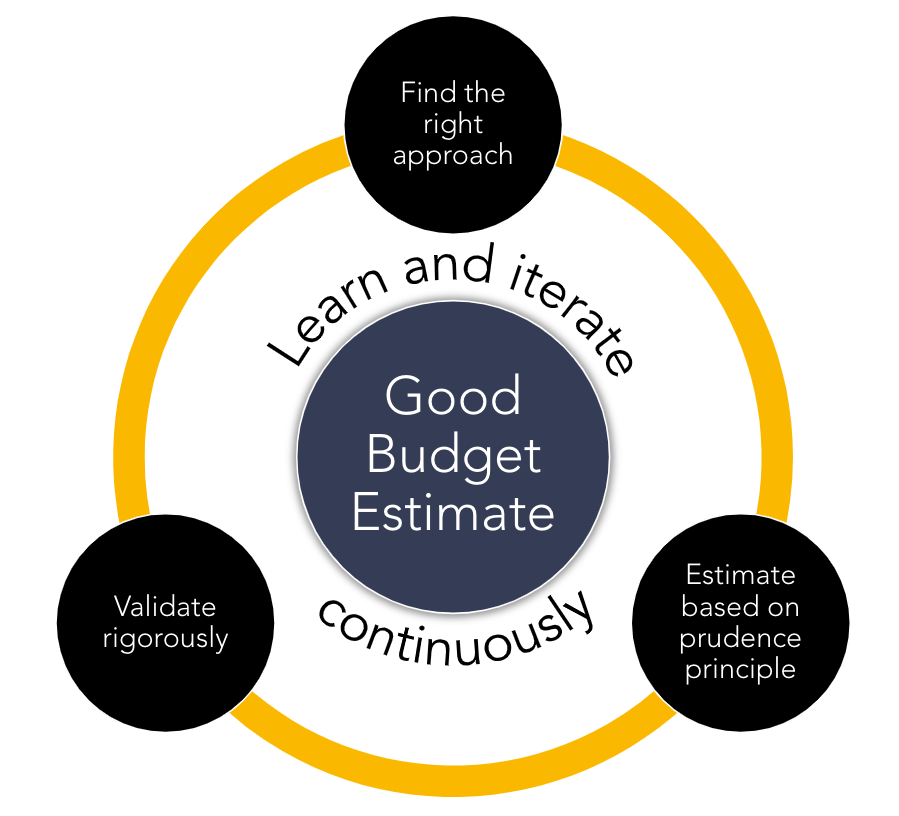
Must-know budgeting practices to boost user acquisition

With our current year ending soon, marketing professionals have already started preparing for the next year. Part of this preparation evolves around defining what investment makes the most sense to achieve the growth targets for the upcoming year.
There are numerous approaches towards determining the marketing budget – in this blog post, we will be looking at the key considerations, approaches, and the process of determining the optimal UA budget amount.
Key considerations
The ultimate question we need to answer when it comes to UA budgets is: how much we should invest into the growth of our products.
Therefore, it is important to keep the following considerations in mind:
- Risk appetite. Each company must define strategically what level of risk they are willing to accept. This appetite will define how bullish one can be when making an upfront investment into the growth of its user base, without a 100% guarantee for return.
- Opportunity costs. When talking about investments, we must be aware of all the choices which could be pursued. By choosing to spend on user acquisition, we are consequently giving up alternative options – e.g. developing a new product or a feature. Understanding the costs and benefits of each option will help decision makers choose the right option for reaching their goals.
- UA rationale. Upon focusing on UA investments specifically, the importance of UA rationale cannot be overlooked. There are certain spend levels which meet the two considerations above but do not support an effective UA operation. For instance, low spend volumes might make it impossible for UA managers to achieve high user quality levels (and drive positive ROAS) since the sample size of the data set is not enough for campaign optimization.

Approaches
Once we are aware of the considerations which underpin sound budget planning, the possible avenues for budgeting can then be established.
There are two main approaches for budgeting:
- Top-down approach. In this case, we start at the top of the hierarchical chain, where C-Level decision makers are approving the funds available for marketing investment. This sum will then be broken down into individual divisions, like UA. Beyond the fixed sum budgeting, there are a few companies which approach this specific planning via reinvestment ratio, where a certain percentage of the net revenue realized by the product is funnelled back to fuel its growth. Setting this ratio correspondingly becomes the management’s responsibility.
- Bottom-up approach. The process, however, can also be started from UA team itself. Through checking the markets, partners, and current campaign activities, one can make reasonable assumptions about the evolution of the external environment. In combination with the internal growth targets, the estimate for an efficient spend level could be developed.
Both options can yield an effective way towards determining the UA budget, while reminding marketers of the key considerations to have throughout this process.

Coming up with a budget
When opting for the bottom-up approach, we can use the expertise of the UA team to come up with a budget estimate which best reflects the current market opportunities.
Following a simple process helps to make these estimations coherent, consistent, and comparable:
- Determine the overarching company and product goals
- Define the campaign parameters for reaching those goals (demographic attributes, technical specifications & geographic location)
- Draft a preliminary budget
- Validate the draft against the market conditions and media partner capabilities
- Obtain buy-in for the proposed budget while keeping financial feasibility in mind
The budgets should always be drafted prudently and consider the actual performance of preceding plans to facilitate iterative optimization of the estimates for greater accuracy and validity.

Brief tool tip
To come up with a top line budget figure, you can find a simple template at the link below. It will help you determine how much total budget is needed to reach a growth goal, if the relevant UA rationale is considered.
UA budgeting: https://mercury.black/uabudgeting/
User guide
- Input the target unit cost (Cost Per Action – CPA) of the direct response action you are trying to achieve with your campaign – e.g. Day 1 retention.
- Input the conversion rate from new user (install) to the direct response action you are aiming to trigger with your campaign – e.g. D1 retention rate of 40%
- Input the number of days the campaign should last – e.g. 90 days.
- Input the sampling rule, i.e. how many direct response actions you would like to achieve in a day. There are varying approaches towards reaching statistically relevant sample sizes for decision making – as a rule of thumb, this number should be a minimum of 100.
- Input the campaign parameters, namely, how the expected campaign structure would look in terms of the partner, technical, and audience specifications. This budget estimator assumes even distribution of budgets across the individual campaign parameters, hence the higher the detail of the campaign specification, the greater the overall budget requirement will be.
Key takeaways
In summary, when budgeting for UA activities, you should keep in mind the following:
- Finding the right budgeting approach that best works for your organization and growth goals,
- Coming up with good estimates which are based on prudence principle,
- Validating your budget drafts rigorously against the market conditions.

Lastly, keep learning and iterating continuously on your budgeting practice to ensure sustainable, yet well-controlled growth of your company.




